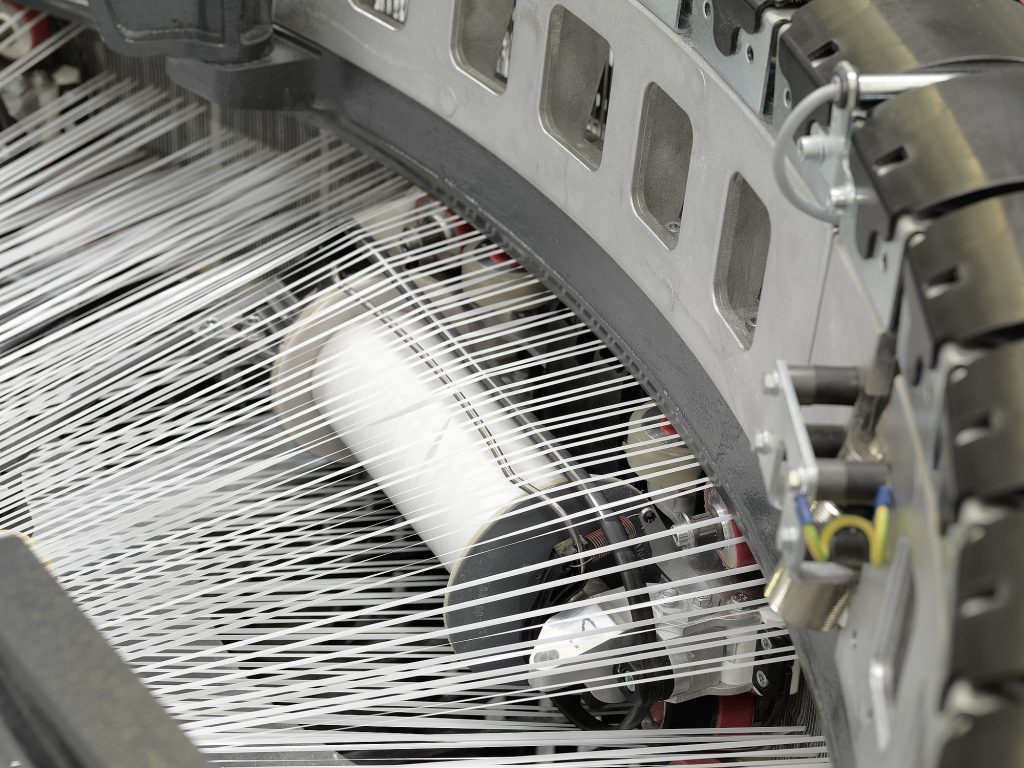
- Understanding ESG Reporting and VidePak’s Commitment
- PP Woven Bags: Engineering Waterproof and Moisture-Proof Superiority
- Technological Edge: Starlinger Machines and Precision Manufacturing
- Market Leadership and Global Reach
- FAQs: Addressing Critical Concerns
- Conclusion: Beyond Packaging—A Partnership for Sustainability
“How can industries like agriculture and chemicals ensure their products remain undamaged during storage and transportation?” This question, posed by a client during a recent trade show, underscores a critical challenge in global logistics. The answer lies in VidePak’s advanced PP woven bags, which combine cutting-edge waterproof and moisture-proof technologies with a steadfast commitment to ESG principles, ensuring both product integrity and sustainable practices.
Understanding ESG Reporting and VidePak’s Commitment
Environmental, Social, and Governance (ESG) reporting has become a cornerstone of modern corporate responsibility, reflecting a company’s dedication to sustainable development, ethical labor practices, and transparent governance. For VidePak, founded in 2008 and led by CEO Ray Chiang, ESG is not a buzzword but a foundational pillar.
1. Environmental Stewardship
VidePak’s 2MW rooftop solar power system generates over 2.5 million kWh annually, reducing carbon emissions by 1,800 metric tons—equivalent to planting 75,000 trees. This clean energy powers 100% of production lines, including 100+ Starlinger circular looms and 30+ lamination machines. The company also prioritizes material circularity: 98% of PP bag production uses recyclable virgin polypropylene, minimizing waste.
2. Social Responsibility
Beyond compliance, VidePak actively supports underprivileged communities. For example, the “Bright Future” program funds education for 120 children of migrant workers in rural China, covering tuition, meals, and digital learning tools. Employee welfare includes mandatory safety training (40 hours/year per worker) and a zero-tolerance policy for discrimination.
3. Governance Excellence
The adoption of 5S management (Sort, Set, Shine, Standardize, Sustain) has reduced workplace accidents by 65% since 2020. Automated production lines and IoT-enabled quality checks ensure 99.8% defect-free output, aligning with ISO 9001 and ISO 14001 certifications.
PP Woven Bags: Engineering Waterproof and Moisture-Proof Superiority
VidePak’s PP bags are engineered to meet the rigorous demands of industries such as agriculture, chemicals, and construction. Here’s how they deliver unmatched protection:
1. Advanced Material Science
- PE Coating & Lamination: A 25–80μm polyethylene (PE) inner layer creates a moisture barrier, proven to block 99.5% of water vapor penetration (tested per ASTM E96).
- Multi-Layer Fabric Design: 3-ply laminated PP fabric enhances tensile strength (up to 1,200N/5cm) while maintaining flexibility.
2. Customization for Diverse Applications
| Product Type | Key Features | Industry Use Case |
|---|---|---|
| BOPP Valve Bags | UV-resistant, 10-color printing | Fertilizers, Cement |
| PE-Lined Woven Sacks | FDA-compliant PE film, leakproof seams | Food Ingredients, Pharmaceuticals |
| Kraft Paper Composite | 120gsm kraft layer, breathable yet waterproof | Pet Food, Chemical Granules |
Example: A Vietnamese coffee exporter reduced spoilage rates by 22% after switching to VidePak’s PE-lined bags with ultrasonic sealing.
Technological Edge: Starlinger Machines and Precision Manufacturing
VidePak’s €20 million investment in Austrian Starlinger technology enables:
- High-Speed Production: 16 extrusion lines produce 12 tons/hour of PP tape yarn.
- Consistent Quality: Laser-guided circular looms weave fabric with ≤0.1mm dimensional tolerance.
- Custom Printing: 8-color flexographic printers achieve 150-line/inch resolution for brand-specific designs.
Case Study: For a European agrochemical firm, VidePak developed anti-static PP bags with <10^8Ω surface resistance, preventing ignition risks during transport.
Market Leadership and Global Reach
With $80 million annual revenue and exports to 50+ countries, VidePak dominates niche markets:
- Agriculture: 35% market share in Southeast Asian rice packaging.
- Chemicals: 20% of China’s PE-coated valve bag production.
- Sustainability: 30% of bags now incorporate recycled PP (rPP), targeting 50% by 2025.
FAQs: Addressing Critical Concerns
Q1: How does VidePak ensure waterproofing in humid climates?
A: Our triple-laminated bags undergo 72-hour humidity chamber testing (95% RH, 40°C) to certify zero moisture ingress.
Q2: Can you accommodate small-batch custom orders?
A: Yes! Our modular production lines support orders from 1,000 to 10 million units with 15-day lead times.
Q3: How does the 5S system improve product quality?
A: By eliminating workplace clutter and standardizing workflows, 5S reduces human error by 40%, ensuring consistent bag dimensions and seam strength.
Conclusion: Beyond Packaging—A Partnership for Sustainability
VidePak’s PP woven bags are more than containers; they are a testament to innovation harmonized with ESG accountability. As global demand for waterproof packaging surges (projected CAGR of 6.8% through 2030, per Grand View Research), VidePak remains poised to lead—not just through technology, but through a vision where business success and planetary health are inseparable.
External Resources:
- Learn how advanced moisture-resistant designs protect sensitive goods.
- Explore ESG-aligned manufacturing in bulk packaging.
This report synthesizes data from industry whitepapers, client testimonials, and VidePak’s 2023 Sustainability Disclosure. For specific technical specifications or ESG metrics, contact our R&D team directly.